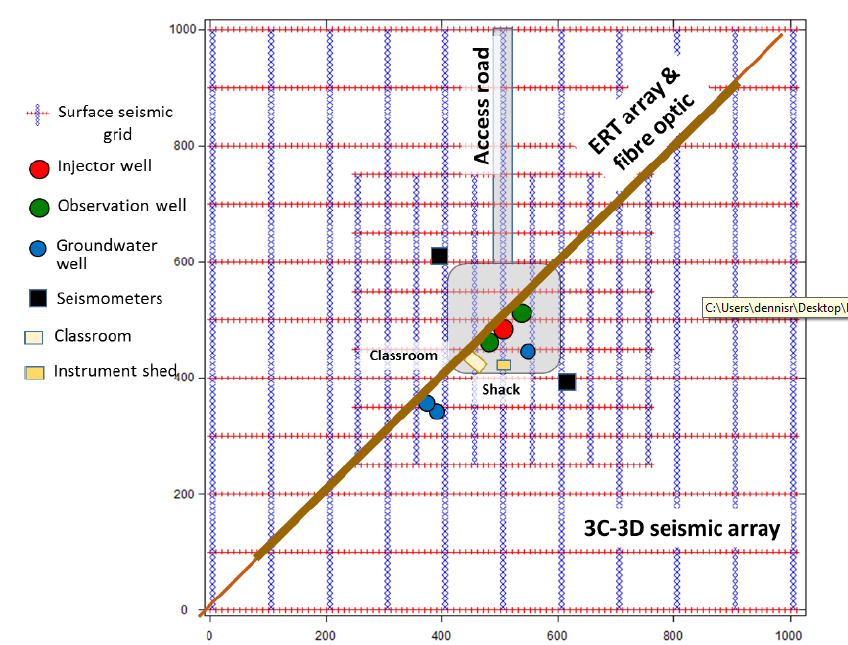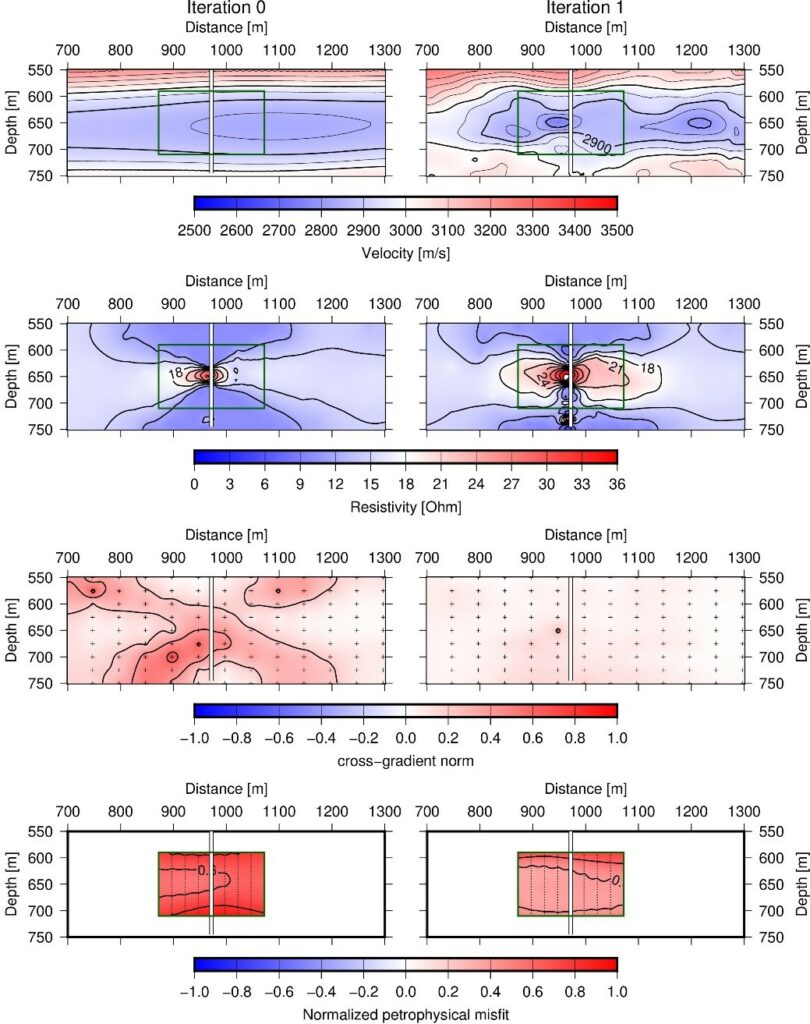
28.11.2023
aCQurate: CO₂ storage with greater predictability
The aCQurate project has developed methods for quantifying important operational parameters related to how to inject CO2.
The project is supported with NOK 14 million from CLIMIT.
Methodology for reliable CO2 store monitoring
CCS projects of the future are not only dependent on reliable and accurate monitoring. But also that monitoring takes place as cost-effectively as possible. This requires smart use of all available information, and different data sources are processed and combined as precisely as possible.
aCQurate has developed a methodology (“Joint Inversion”) for combined interpretation of several different types of geophysical data, to quantify the underlying subsoil properties as accurately as possible.

Norwegian and international expert have achieved results
aCQurate was established in 2016 as a collaboration between SINTEF and other world-leading resources within CO2 monitoring in Canada, USA and Germany. In addition, the project had active participation from Equinor and Trondheim-based Quad Geometrics. The work largely consisted of further developing SINTEF’s software for “Joint Inversion”. The software was tested with data from two field laboratories: Ketzin in Germany and the Field Research Station in Canada. This was done to ensure that the methodology would work in full-scale storage projects. This helped us to do unique discoveries on which we want to build on, says Peder Eliasson, research leader in Geophysics at SINTEF Industri. In partnership with project manager Michael Jordan, senior researcher at SINTEF Industri, he highlights three main results:
- New “Joint Inversion” methodology for combined interpretation of several geophysical data sources such as passive/active seismic, Electrical Resistivity Tomography (ERT), Controlled Source Electro-Magnetics (CSEM), gravity and Magneto-Metric Resistivity (MMR). The methodology considers known, or partially known, petrophysical correlations between the subsurface parameters to be quantified.
- Application of the new methodology to data obtained during CO2 injection at the Field Research Station in Calgary.
- A well-established collaboration between SINTEF and leading resources in USA, Canada, and Germany.
– We have done research in CO2 monitoring for almost two decades. And have been working on the development of a progressively more complex “Joint Inversion” methodology for almost as long.
But the industry did not invest as much in CCS research then as it does today. The project had a complicated constellation of partners with representatives from the USA and Canada. Combined with the use of new field data from the Field Research Station in Calgary, where aCQurate participated. This was organized is reminiscent of today’s ACT and CETP projects, and would not have been possible then without CLIMIT, says Peder Eliasson.

The way forward
SINTEF is well underway with development of methodology after aCQurate, which is now being continued via the ACT project SPARSE. This project will use the “Joint Inversion” technology for a low-cost, node-based monitoring system, which is also under development in SPARSE. Innovations related to the use of passive seismic for monitoring CO2 are also taken forward in the Green Platform project LINCCS and in FME NCCS. – These are good examples of CLIMIT’s investments accelerating major international breakthrough projects – concludes Kari-Lise Rørvik, Head of Secretariat for CLIMIT.

